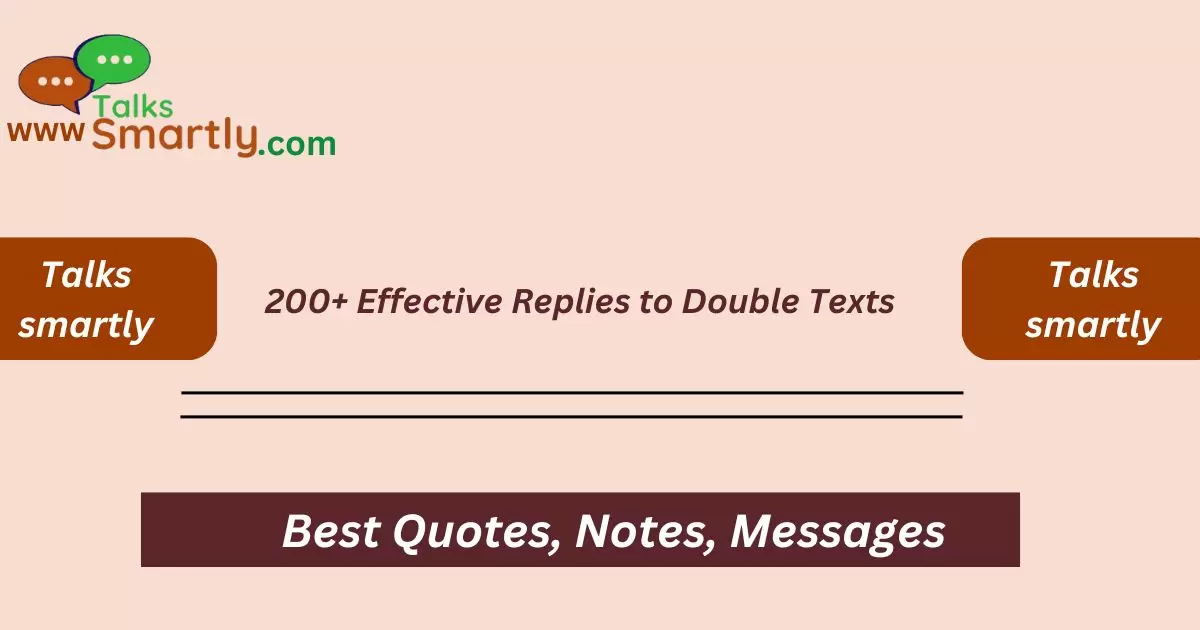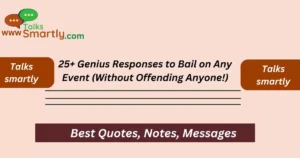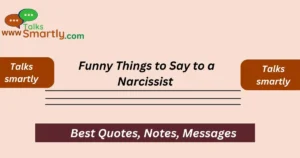“With double texts can be tricky, especially when trying to maintain good communication without appearing too eager or disinterested.“
Double texting happens when someone sends a second message before receiving a response to their first. This often occurs when they’re eager for a reply or when they’ve forgotten to include something important in their initial message. Knowing how to reply appropriately can prevent misunderstandings and maintain smooth communication.
In this article, you’ll find over 200+ effective replies to double texts. These replies are tailored to different situations and tones, helping you choose the best response based on your relationship with the sender and the context of the messages. From casual and friendly to formal and direct, you’ll find a variety of options to handle double texts gracefully.
Acknowledging the Double Text
- “Just saw your second text. Sorry for the delay!”
- “Got your follow-up message. What can I help with?”
- “Apologies for the late reply—just saw your messages.”
- “I received both texts. Thanks for reaching out again.”
- “I’m here now. What’s up?”
- “Saw your double text. What’s the latest?”
- “Thanks for sending another message. What’s happening?”
- “Just got your second text. What’s on your mind?”
- “Sorry for missing the first message. How can I assist you?”
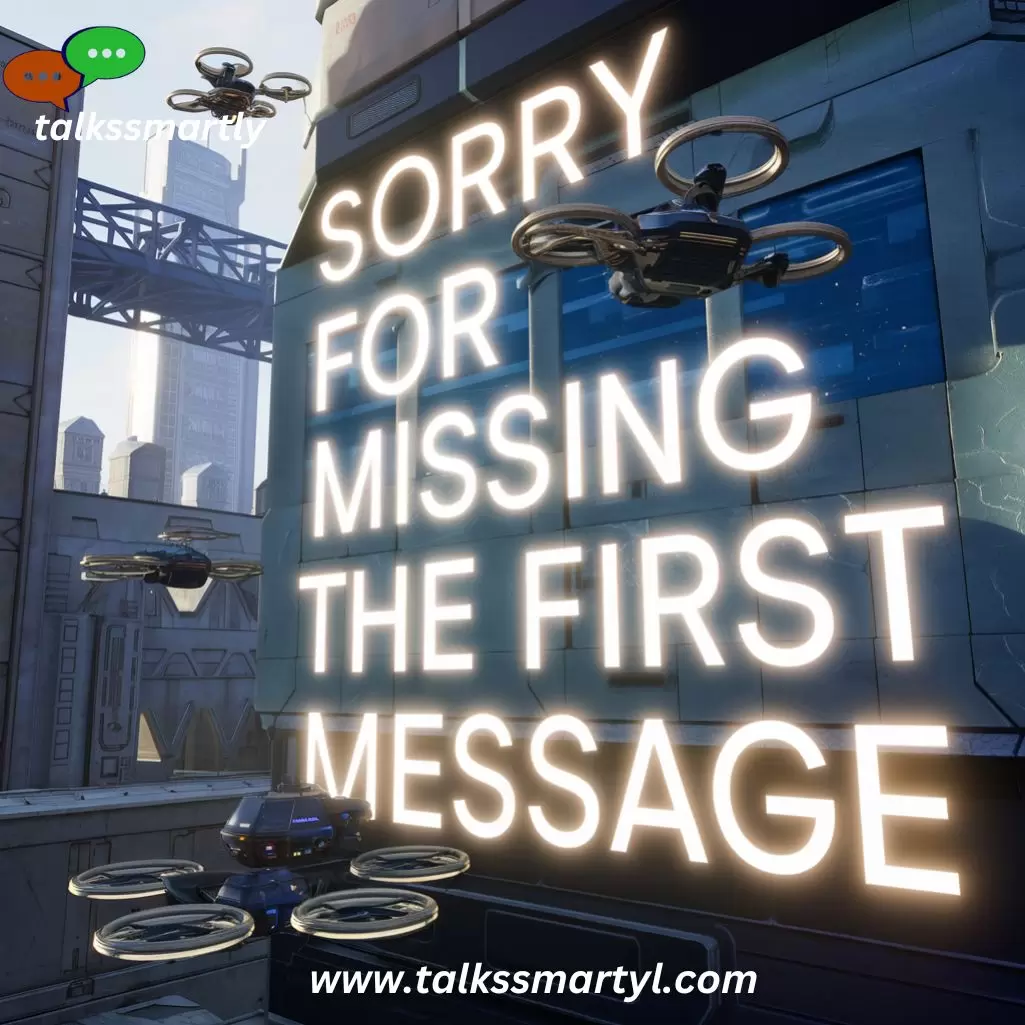
- “I noticed your follow-up. What’s going on?”
- “Apologies for the delay. I’m here now.”
- “Got your double messages. What’s up with you?”
- “Sorry for the wait. How can I help?”
- “I saw both texts. Let’s catch up.”
- “Just received your second message. What’s new?”
- “Thanks for following up. I’m here now.”
- “I’m catching up on messages—what’s happening?”
- “Sorry for the hold-up. What’s going on?”
- “I see your follow-up—what’s up?”
- “Apologies for the delay. What’s the latest?”
- “Got both messages. Let’s talk.”
- “I’m here now—sorry for the delay.”
- “Just saw your follow-up. What’s the update?”
- “Sorry for missing your first text. What’s up?”
- “Thanks for the double message. How can I assist?”
Keeping It Light and Casual
- “Oops, didn’t see your first text. What’s up?”
- “Hey! Caught up now—what’s going on?”
- “Double text! You must really want to chat. What’s up?”
- “Got both messages—what’s new with you?”
- “Hey, sorry for the delay! What’s happening?”
- “Just saw your second text. What’s the latest?”
- “Oops, missed your first message. What’s up?”
- “Hey, I’m here now—what’s the news?”
- “Got your follow-up! What’s going on?”
- “Sorry for the wait! What’s new with you?”
- “Just noticed your double text. What’s up?”
- “Apologies for missing the first message—what’s happening?”
- “I’m here now! What’s the rush?”
- “Saw your follow-up—what’s new?”
- “Sorry for the delay! What’s on your mind?”
- “Oops, didn’t catch your first message. What’s up?”
- “Just saw your messages—what’s the latest?”
- “Hey, sorry for the hold-up! What’s going on?”
- “Got both texts. What’s up with you?”
- “Sorry for the delay—what’s the latest?”
- “Hey! I’m catching up—what’s up?”
- “Just saw your double text. What’s new?”
- “Oops! Missed your first message. What’s happening?”
- “Saw both texts—what’s up?”
- “Hey, sorry for the wait! What’s the news?”
Expressing Genuine Interest
- “I just saw both messages. How have you been?”
- “Apologies for the late reply. What’s going on with you?”
- “I’m here now! How’s everything?”
- “Saw your texts—what’s new with you?”
- “Just noticed your double text. How are you?”
- “Sorry for missing your first message. What’s up?”
- “Got both texts—what’s happening in your life?”
- “Apologies for the delay. How’s it going?”
- “Just catching up—what’s the latest with you?”
- “I see your follow-up. What’s new?”
- “I’m here now—how’s everything with you?”
- “Thanks for following up. How are you doing?”
- “Sorry for the late response. What’s going on?”
- “Got your messages. What’s new?”
- “I just saw your double text. How’s your day?”
- “Apologies for the delay. What’s up with you?”
- “Just received both texts. How have you been?”
- “Sorry for missing the first one. What’s the latest?”
- “I’m here now—what’s going on with you?”
- “Thanks for reaching out again. How are you?”
- “Just saw your follow-up. How’s everything?”
- “Apologies for the late reply. What’s new with you?”
- “Got both texts—how’s your day going?”
- “I see your messages—what’s up with you?”
- “Sorry for the delay. What’s the update?”
Providing a Brief Update
- “Sorry for the delay—I was in a meeting. What’s up?”
- “Just catching up—had a busy day. What’s new?”
- “Apologies for the hold-up—I was working. What’s happening?”
- “Sorry, I was out running errands. What’s up with you?”
- “I was tied up with tasks. What’s the latest?”
- “Got caught up with work—sorry for the delay.”
- “I was in a different time zone—what’s up?”
- “Busy day! Sorry for the late reply. What’s new?”
- “Just saw your messages—had a full schedule.”
- “Sorry for missing your first text—was occupied with work.”
- “Apologies for the delay—I was in class. What’s up?”
- “Got swamped with errands—what’s the latest?”
- “I was busy with appointments. What’s going on?”
- “Sorry for the wait—I was handling some tasks.”
- “I was in a meeting—thanks for following up.”
- “Had a busy day—what’s up with you?”
- “Sorry for the delay—caught up in work. What’s new?”
- “Just saw your double texts—what’s happening?”
- “I was out of the loop—what’s going on?”
- “Apologies for missing the first message—busy day.”
- “Sorry for the hold-up—was dealing with some issues.”
- “Got your messages—was occupied with a project.”
- “Busy schedule—thanks for your patience.”
- “I was handling some tasks—what’s new?”
- “Apologies for the delay—just catching up on messages.”
Offering an Explanation
- “I was busy with work and missed your first text. What’s up?”
- “Sorry for the delay—I was in a meeting. What’s going on?”
- “I was out of the office and just saw your messages. What’s up?”
- “Had a family emergency—sorry for the late reply.”
- “I was tied up with a project. What’s happening?”
- “Sorry for missing your first message—was in a conference call.”
- “Got caught up with some personal matters—what’s up?”
- “I was dealing with some issues—sorry for the delay.”
- “I was busy with work tasks—what can I help with?”
- “Apologies for the delay—I was away from my phone.”
- “Sorry for the late reply—had a busy schedule.”
- “I was handling some urgent tasks—what’s new?”
- “Got caught up with some errands—sorry for the wait.”
- “I was out and just saw your messages. What’s up?”
- “Sorry, I was in a different time zone—what’s happening?”
- “Apologies for missing your first message—was at a seminar.”
- “I was busy with work-related issues—what’s going on?”
- “Had a packed day—sorry for the delay.”
- “I was dealing with some work issues—thanks for following up.”
- “Sorry for the hold-up—I was preoccupied with meetings.”
- “Just saw your texts—was tied up with other tasks.”
- “Apologies for the delay—had a busy day.”
- “Sorry for missing the first text—was out of the office.”
- “I was dealing with some work projects—what’s up?”
- “Sorry for the late response—was handling urgent tasks.”
Making Light of the Situation
- “Double texts! Someone’s eager. What’s up?”
- “I see you’re really keen to chat. What’s going on?”
- “You must really want to talk—what’s up?”
- “Two messages in a row! What’s the excitement?”
- “You’re really keeping me on my toes—what’s happening?”
- “Looks like you’re keen for a reply. What’s up?”
- “Double text! Someone’s enthusiastic. What’s going on?”
- “I see you’re eager for a response. What’s the latest?”
- “Two messages—someone’s excited! What’s up?”
- “I see your follow-up. Must be something important!”
- “You’re persistent—what’s going on?”
- “Double texts, huh? What’s the latest?”
- “You’re really keen on chatting—what’s up?”
- “Two messages in a row! What’s the buzz?”
- “I see you’re eager to catch up—what’s up?”
- “Looks like you’re excited to chat—what’s new?”
- “Double message—must be something urgent. What’s up?”
- “You’re really enthusiastic—what’s happening?”
- “Two texts! What’s going on with you?”
- “I see your follow-up—what’s the latest?”
- “Double texts—someone’s excited! What’s up?”
- “I see you’re eager to chat—what’s going on?”
- “Two messages in a row—what’s happening?”
- “Looks like you’re really keen. What’s up?”
- “You’re really pushing for a reply—what’s the latest?”
Responding to Marriage Questions
Offering to Meet or Call
- “Got your double text. Want to discuss this over a call?”
- “Let’s set up a time to chat about this. When are you free?”
- “I see your follow-up—how about we talk this through on a call?”
- “Let’s arrange a time to discuss this. When works for you?”
- “How about we set up a meeting to go over this?”
- “I’m available for a call. What time works for you?”
- “Let’s catch up on this—when are you free to talk?”
- “I’d prefer to discuss this over a call. What’s your availability?”
- “How about a quick call to sort this out? Let me know your schedule.”
- “Let’s set up a time to chat—what works best for you?”
- “Got your messages—how about we talk it over?”
- “I’m ready to discuss this—let’s set up a call.”
- “Let’s arrange a meeting to go through this. When are you free?”
- “How about we discuss this in person? What time works for you?”
- “I see your follow-up. Let’s schedule a call to talk it over.”
- “I’m available for a discussion. What time suits you?”
- “Let’s set up a time to chat about this. When are you available?”
- “How about we have a quick call to sort this out?”
- “I’m ready to talk. When can we set up a time?”
- “Let’s arrange a time to discuss. What works for you?”
- “Got your follow-up. Let’s talk it through. What’s your schedule?”
- “I’m available for a chat. What time suits you?”
- “How about a call to discuss this? Let me know your availability.”
- “Let’s arrange a meeting to go over this. When works for you?”
- “I’m here to discuss—what’s the best time for a call?”
Offering a Solution
- “Got your double text. How about we meet to discuss this?”
- “Let’s schedule a call to go over this. What time works for you?”
- “I see your follow-up. Let’s solve this together.”
- “Thanks for reaching out again. How about a quick chat?”
- “Double texts received. Let’s sort this out.”
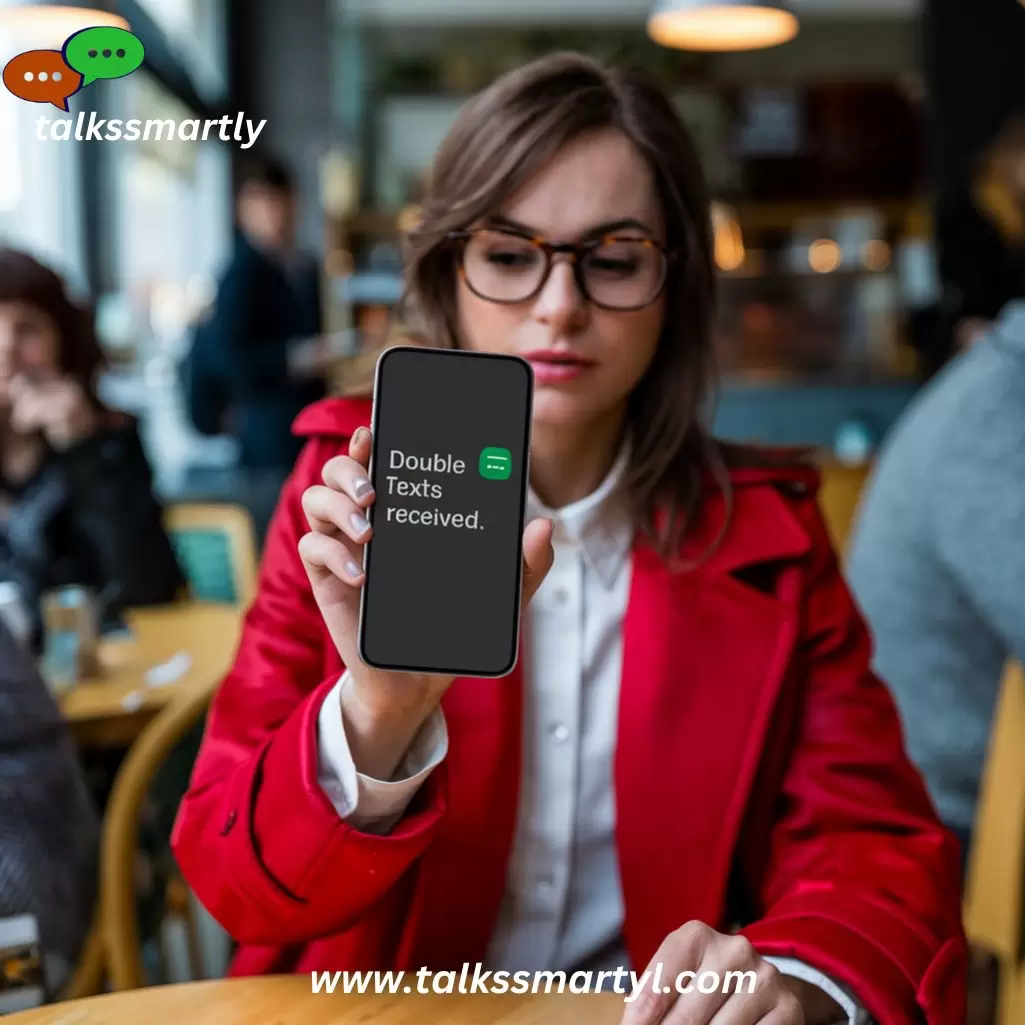
- “Let’s find a solution. What’s the best time to call?”
- “I’m here now—let’s work through this. What’s the next step?”
- “Thanks for following up. Let’s set up a time to talk.”
- “Double texts noted. How about we discuss this further?”
- “Let’s work this out. When can we talk?”
- “I see your messages. Let’s figure this out together.”
- “Thanks for the reminder. Let’s schedule a call.”
- “Got your follow-up—how can we resolve this?”
- “I’m available to discuss. What’s the best time for you?”
- “Let’s sort this out. When are you free to talk?”
- “Got both texts. Let’s discuss this further.”
- “I’m here to help—how about a quick chat?”
- “Thanks for reaching out again. What’s the best solution?”
- “Let’s address this. When can we set up a call?”
- “Double texts received. Let’s arrange a time to talk.”
- “Got your messages—let’s figure out a solution.”
- “I’m ready to discuss this—when is a good time for you?”
- “Thanks for the follow-up. How about we talk it through?”
- “Let’s sort this out together. What time suits you?”
- “I’m here now. Let’s resolve this—what’s the best way?”
Keeping It Professional
- “I received both texts. How can I assist you?”
- “Thank you for following up. What’s the matter?”
- “I see your double texts. How can we proceed?”
- “I’m available to address your concerns—what’s up?”
- “Received your messages. What would you like to discuss?”
- “Thank you for your patience. What’s the issue?”
- “I acknowledge both texts. How can I be of assistance?”
- “I see your follow-up. What’s the next step?”
- “Thank you for reaching out again. How can I help?”
- “I received your messages. What’s the best way to move forward?”
- “Thanks for your patience—how can we proceed?”
- “I received your texts. What’s the matter?”
- “Thank you for the follow-up. What do you need?”
- “I’m here to help—what’s the issue?”
- “Received both messages. How would you like to proceed?”
- “Thank you for your patience. How can we resolve this?”
- “I see your messages. What’s the next step?”
- “I received your follow-up. How can I assist?”
- “Thanks for reaching out again—what’s the issue?”
- “I’m here now. What’s the best way to handle this?”
- “Received your messages. How can I assist?”
- “Thank you for the follow-up. What’s the best way forward?”
- “I see both texts—how would you like to proceed?”
- “Thanks for reaching out. How can we address this?”
- “I received your follow-up. What’s the best approach?”
Answers to Key Question about Effective Replies to Double Texts
What is a double text?
A double text is when someone sends two consecutive messages without waiting for a reply to the first one. It usually indicates urgency or a need for a quicker response.
How should I respond to a double text?
Acknowledge both messages and address any issues or questions posed. Apologize for the delay if necessary, and provide a clear and helpful reply.
Why do people send double texts?
People might send double texts due to impatience, urgency, or because they want to make sure their message is seen and responded to.
How can I prevent sending double texts?
To avoid sending double texts, wait for a response before sending another message. If you’re worried about being overlooked, you can send a single follow-up message after some time has passed.
Is it okay to send a double text?
Sending a double text can be acceptable if it’s done politely and for a legitimate reason, such as a time-sensitive matter or if you didn’t receive a response to an important question.
Conclusion
Responding to double texts effectively involves acknowledging the messages, addressing any questions or concerns, and maintaining a polite and engaging tone. Understanding why someone might send a double text can help you tailor your response appropriately.
Whether you’re catching up on missed messages or dealing with an urgent matter, a thoughtful reply can help smooth communication and avoid misunderstandings.

Hi, I’m Lauren Reynolds, owner of Talks Smartly.
We specialize in wishes, thank you messages, and thoughtful responses for all occasions.
Whether it’s a birthday wish or a heartfelt thank you, we’re here to make your messages shine.
Join us at Talks Smartly and let your words leave a lasting impression.”
